Romania’s natural treasures are numerous and come in many forms. The country’s pure, natural beauty lies in the variety of its landscapes. The sea, mountains, hills, plateaus, delta, rivers, and lakes are visual surprises you shouldn’t miss. Today, you’ll take a virtual journey to Romania’s most beautiful lakes, an experience that should inspire you to plan a real visit:
1. Bâlea Lake
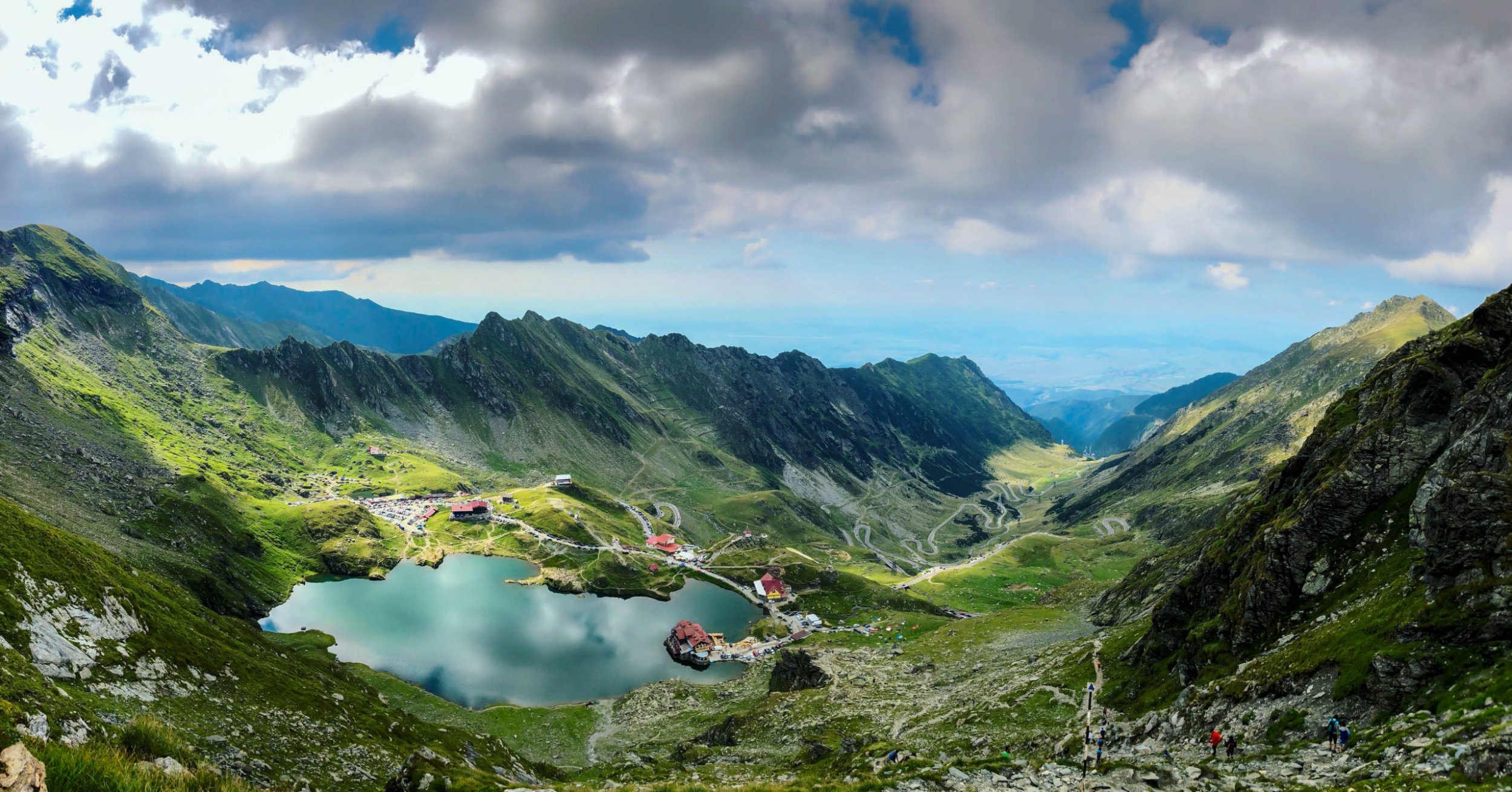
Bâlea is a glacial lake in the Făgăraș Mountains, situated at an altitude of 2,034 meters. It formed in a glacial cirque, and the entire surrounding area is a natural reserve. The lake’s name comes from a shepherd named Bâlea, who helped an emperor defeat his enemy. As a reward, the emperor’s daughter became his wife. Due to a fierce storm, the couple slid into the water, and the lake was named “Bâlea Lake.”
If you’re a fan of mountain hiking, this can be your starting point for reaching Moldoveanu Peak, Romania’s highest mountain peak (2,544 meters).
In the summer, you can reach Bâlea via the Transfăgărășan (from either Sibiu or Curtea de Argeș). In winter, the road is closed due to the winding route. Under these conditions, the only access is by cable car. Here, you’ll also find Romania’s only ice hotel, giving you another reason to add this destination to your list.
2. Ochiul Beiului Lake
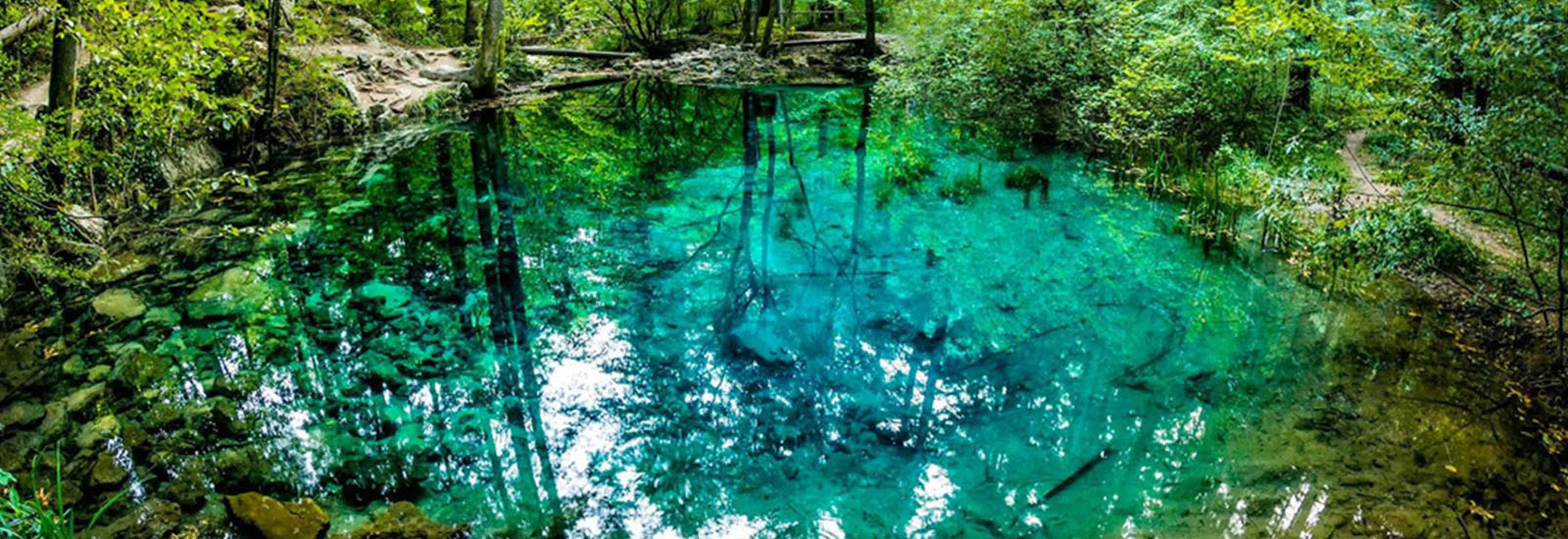
Ochiul Beiului is a karstic lake that never freezes, thanks to a spring that continuously feeds it. Its clear turquoise color is enchanting, and many bird species have made the surrounding area their home. The lake is located in the Anina Mountains, in the Beu River Valley. Although the path to the lake is challenging and complex, the effort is well worth it. Other nearby attractions include the Nera Gorge Natural Reserve, the Beușnița River, and the ruins of the Ilidia Medieval Fortress.
3. Bucura Lake

Bucura Lake is the largest glacial lake in Romania, located in the Retezat Mountains in Hunedoara County. It sits at an altitude of 2,040 meters, and the surrounding area offers exceptional hiking routes. The lake covers nearly nine hectares, with a length of 550 meters. Although the trail to reach it is quite difficult, the untouched natural beauty, seemingly straight out of a fairy tale, makes the journey feel like a small price to pay.
4. Vulturilor Lake

Vulturilor Lake is located in the Siriu Mountains in Buzău County, near the village of Gura Siriului. This periglacial lake sits at an altitude of 1,420 meters. It’s also known as the “Bottomless Lake” due to a legend about a shepherd who abandoned his flock. One day, the shepherd threw his staff into the lake and left. After traveling the country for a year, he found his staff in the Danube River. This strange event rekindled his longing for home, prompting his return.
The name “Vulturilor Lake” (Lake of the Eagles) comes from the book “Picturesque Romania,” which tells that in spring, this was the meeting place for eagles teaching their young to fly.
Near the lake, you can spot chamois, a species protected by law due to their endangered status.
5. Lacul Albastru (Blue Lake)
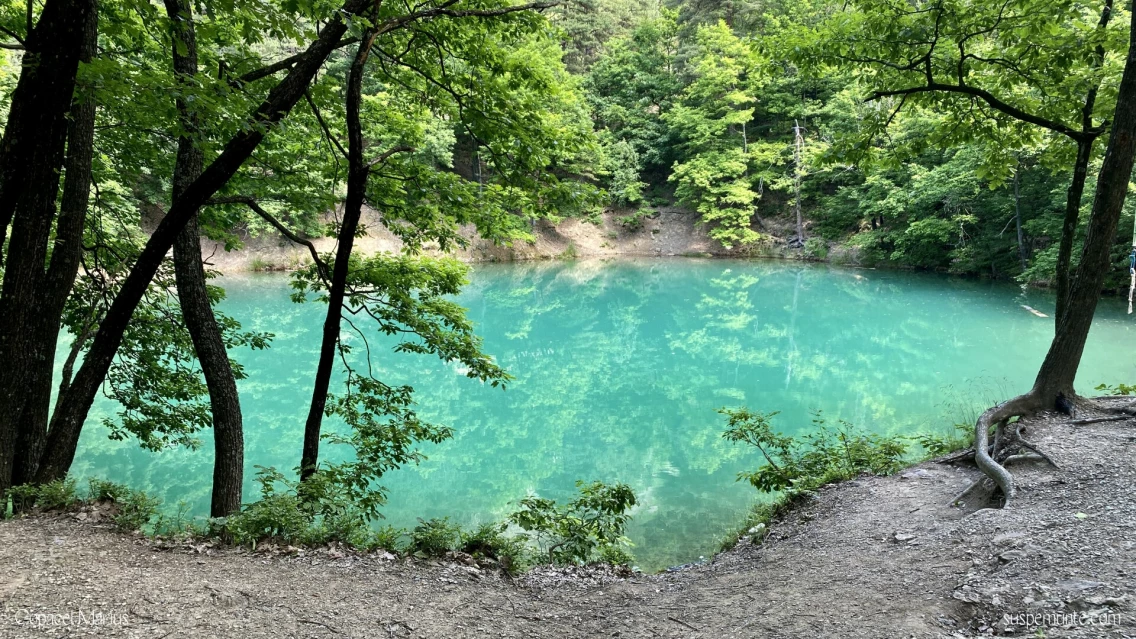
This is a unique lake in Europe, as it changes color depending on the light. This phenomenon is caused by the position of the sun and the water temperature. Thus, depending on the season, the lake’s color changes. In spring, it is blue; in summer, it turns emerald green; in autumn, it becomes dark green or even brown. Its uniqueness also lies in how it was formed: by the collapse of a mining gallery on the Domnișoara vein between 1919 and 1920. Lacul Albastru is located at the foot of the Gutâi Mountains in Maramureș County.
The lake is a protected national area, and nearby you can visit various historical monuments, religious sites, protected areas, and natural zones.
6. Sfânta Ana Lake

This is the only volcanic lake in Romania, located in Harghita County. Sfânta Ana Lake lies at the bottom of an extinct volcano’s crater in the Puciosu Massif. It is part of a complex natural reserve that includes geological, floral, and faunal elements. Its shape resembles an artist’s palette, and its name comes from a tragic legend. According to the story, a young woman named Ana was forced by her family to marry a man she did not love. On her wedding day, overwhelmed by grief and sadness, Ana threw herself into the lake. The community, touched by this event, named the lake after her, considering it a “place of fertility.”
7. Roșu Lake
:contrast(8):quality(75)/https://static4.libertatea.ro/wp-content/uploads/2021/06/lacul-rosu-imagini.jpg)
Roșu Lake is a natural dam lake formed after a landslide caused by an earthquake. It is the largest mountain lake in the country. Roșu Lake offers visitors a unique visual experience with its submerged forest. Over time, the area has become a resort, providing an ideal place to enjoy fresh air, relaxation, and tranquility in the heart of nature.
The name of the lake comes from the iron oxide-rich clays carried by the Roșu Stream and deposited in the lake. Another reason for the name is the red rocks of the Suhard Massif, reflected in the lake’s waters.
8. Bicaz Lake (Izvorul Muntelui)
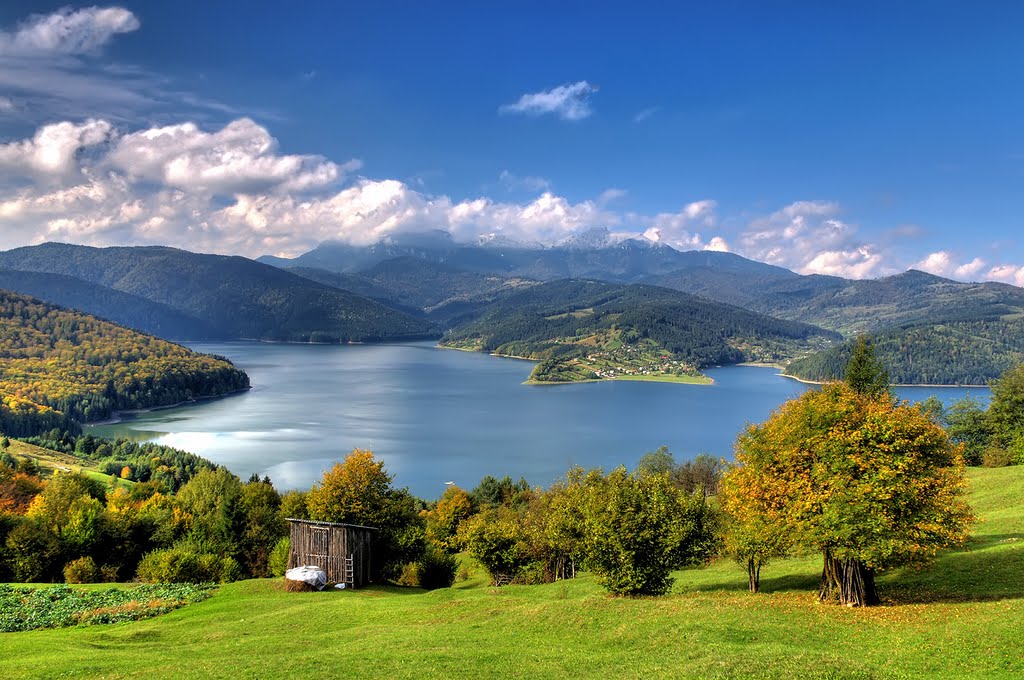
Bicaz Lake is a reservoir located on the Bistrița River near the town of Bicaz in Neamț County. It was formed after the construction of the Bicaz hydroelectric dam. The Izvorul Muntelui Dam stands 127 meters tall, making it the third tallest in the country. In Europe, it ranks as the ninth tallest gravity dam.
Nearby, there is a port where tourists can enjoy mini-cruises by boat, rent rowboats, or paddle boats. Fishing enthusiasts can indulge in their hobby in this beautiful setting.
9. Razim Lagoon

Razim is a freshwater lake located in Tulcea County, near the Danube Delta Reserve, giving you the chance to admire many natural wonders. It is the largest freshwater body in Romania, made up of several lagoons and limans. You can enjoy boat or kayak rides to Popina Island. The scenery is breathtaking, enhanced by the variety of flora and fauna.
10. Vidraru Lake
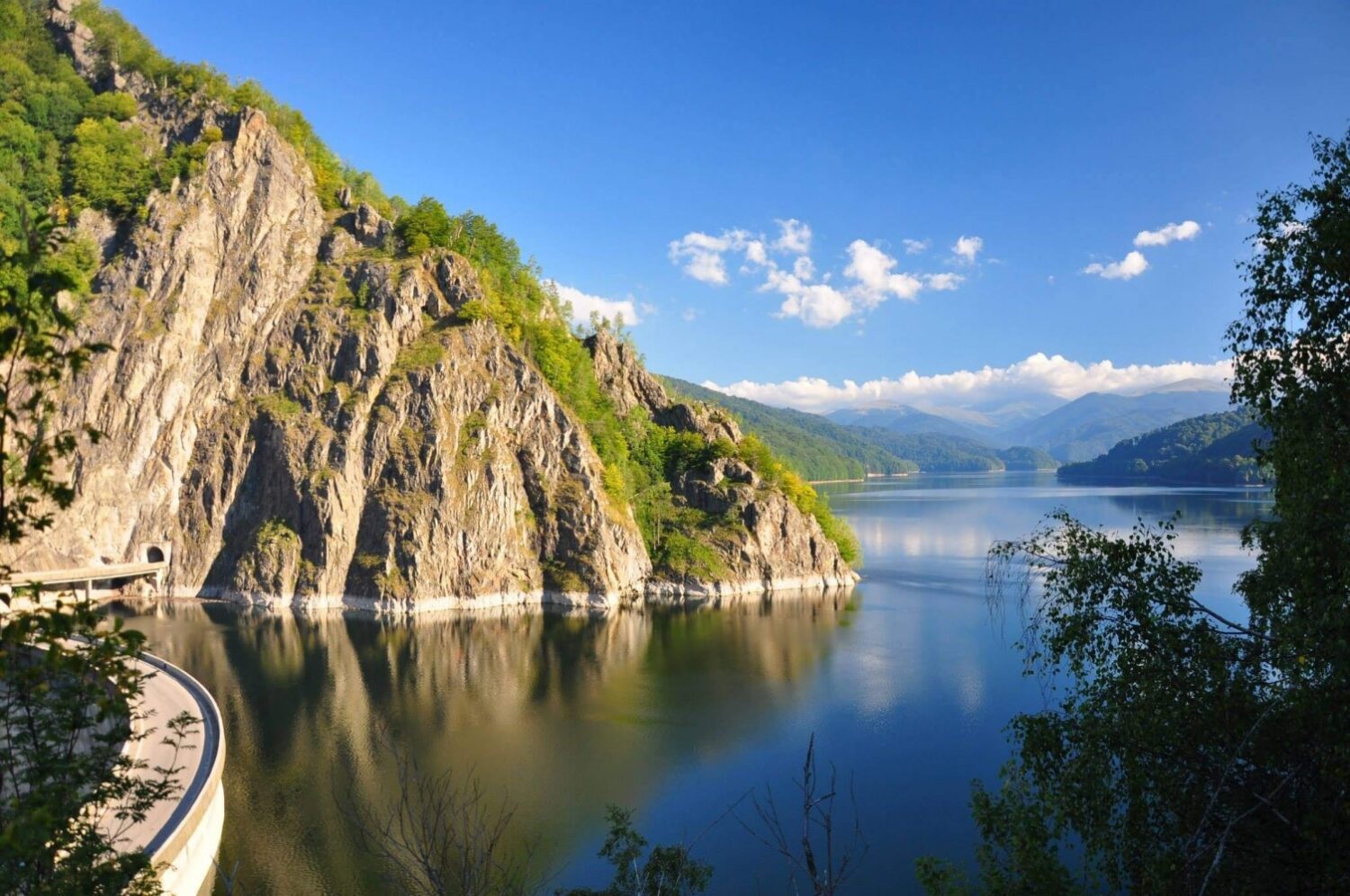
Located in Argeș County in southern Romania, Vidraru Lake is a reservoir created for irrigation, flood prevention, and electricity generation. It was Romania’s first arch dam, completed in 1965
